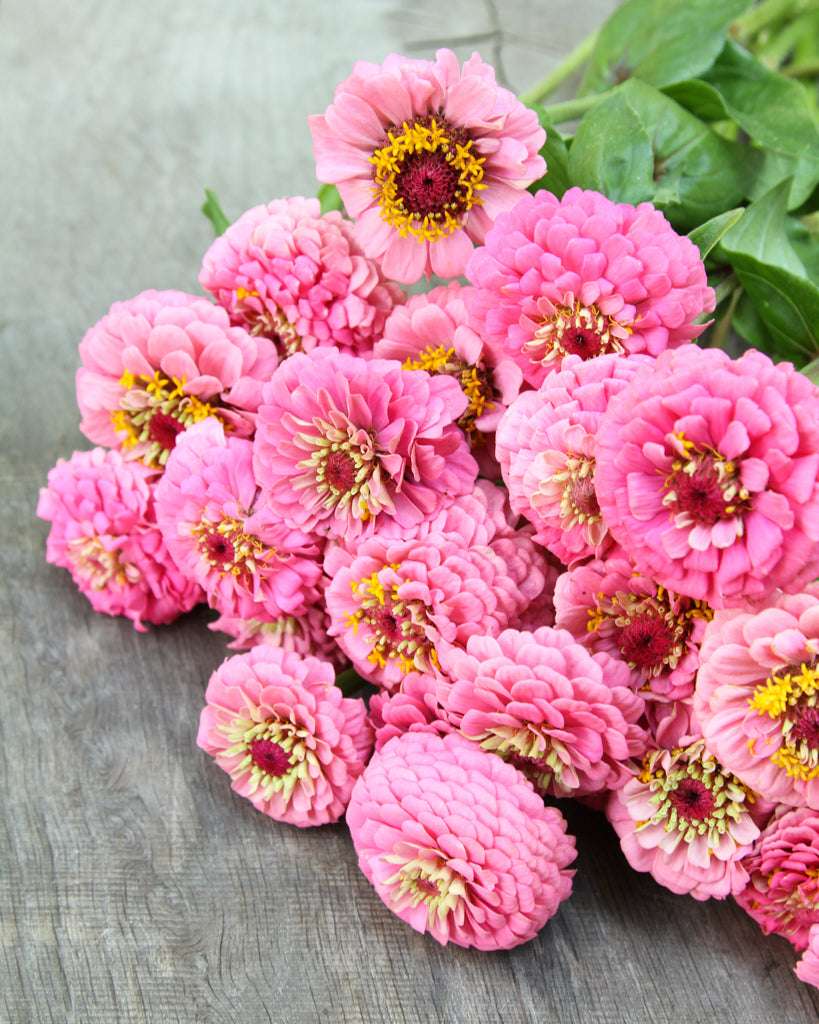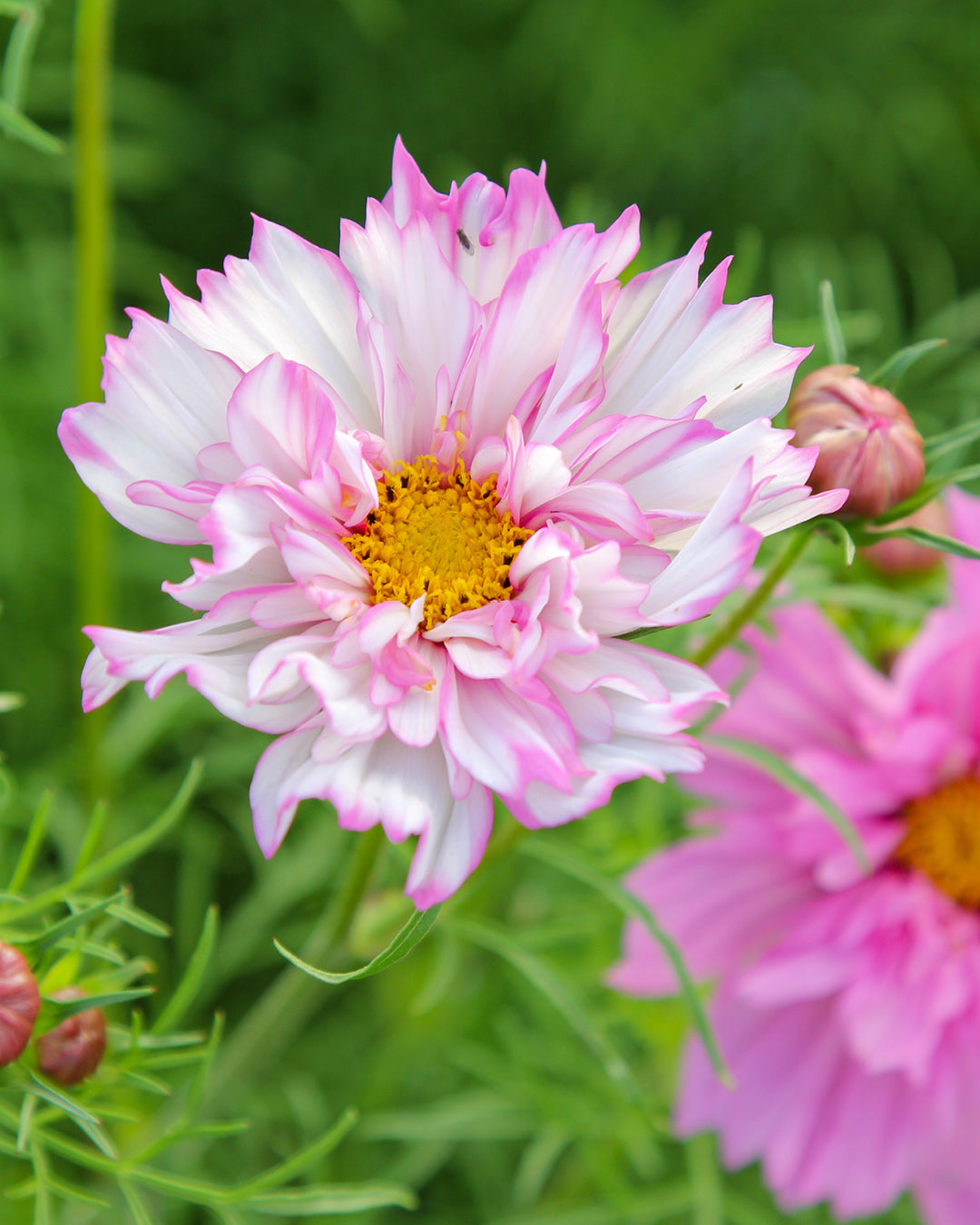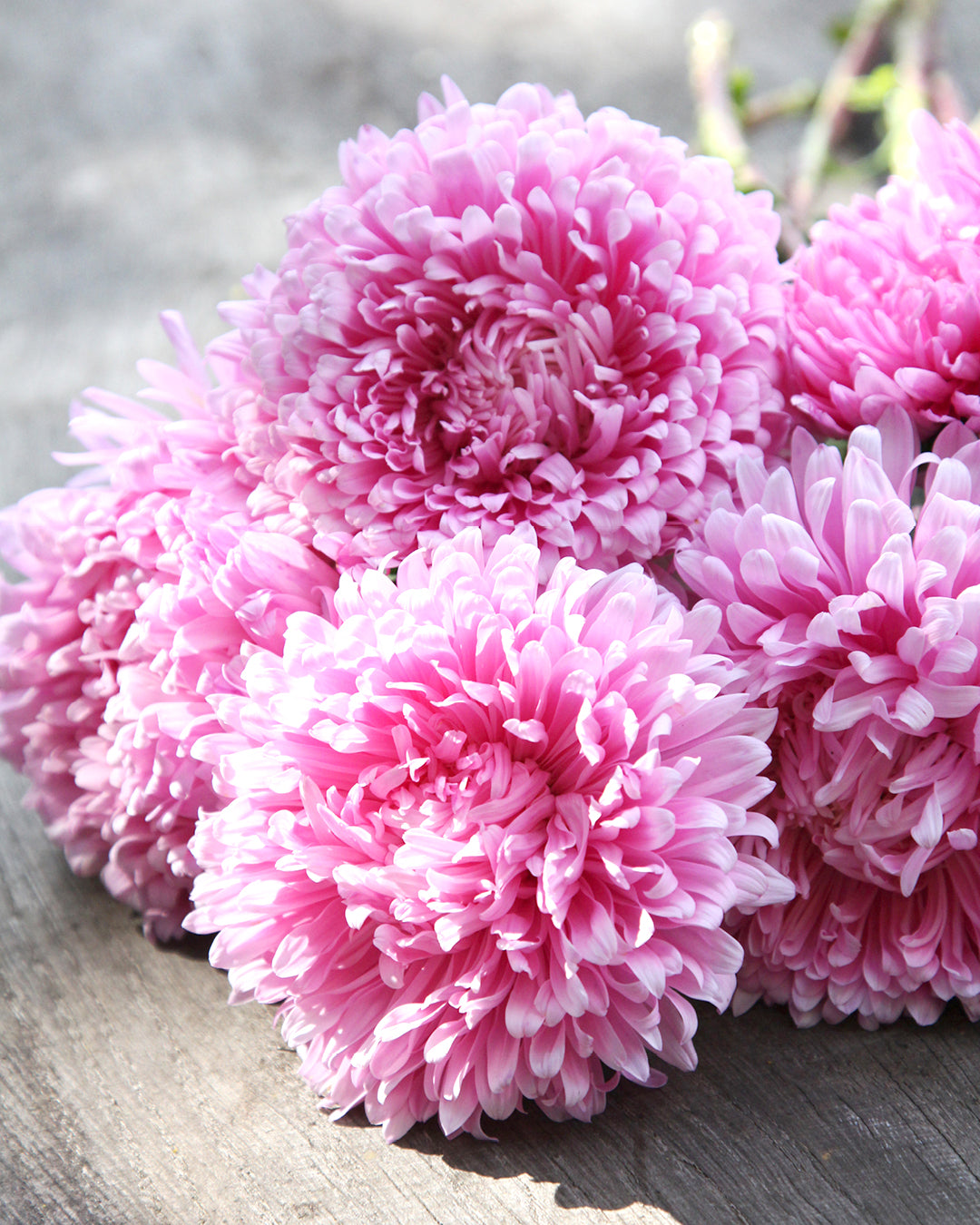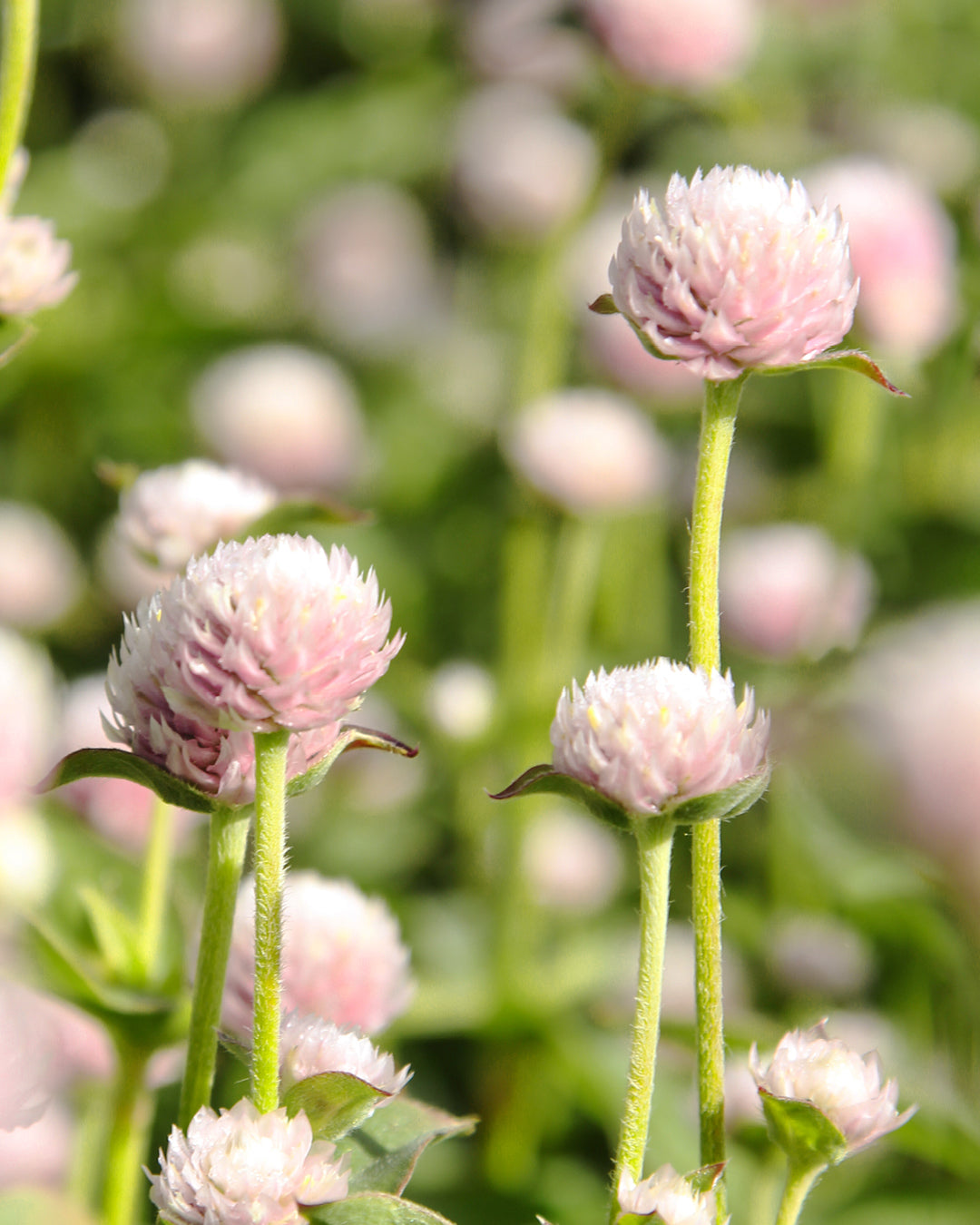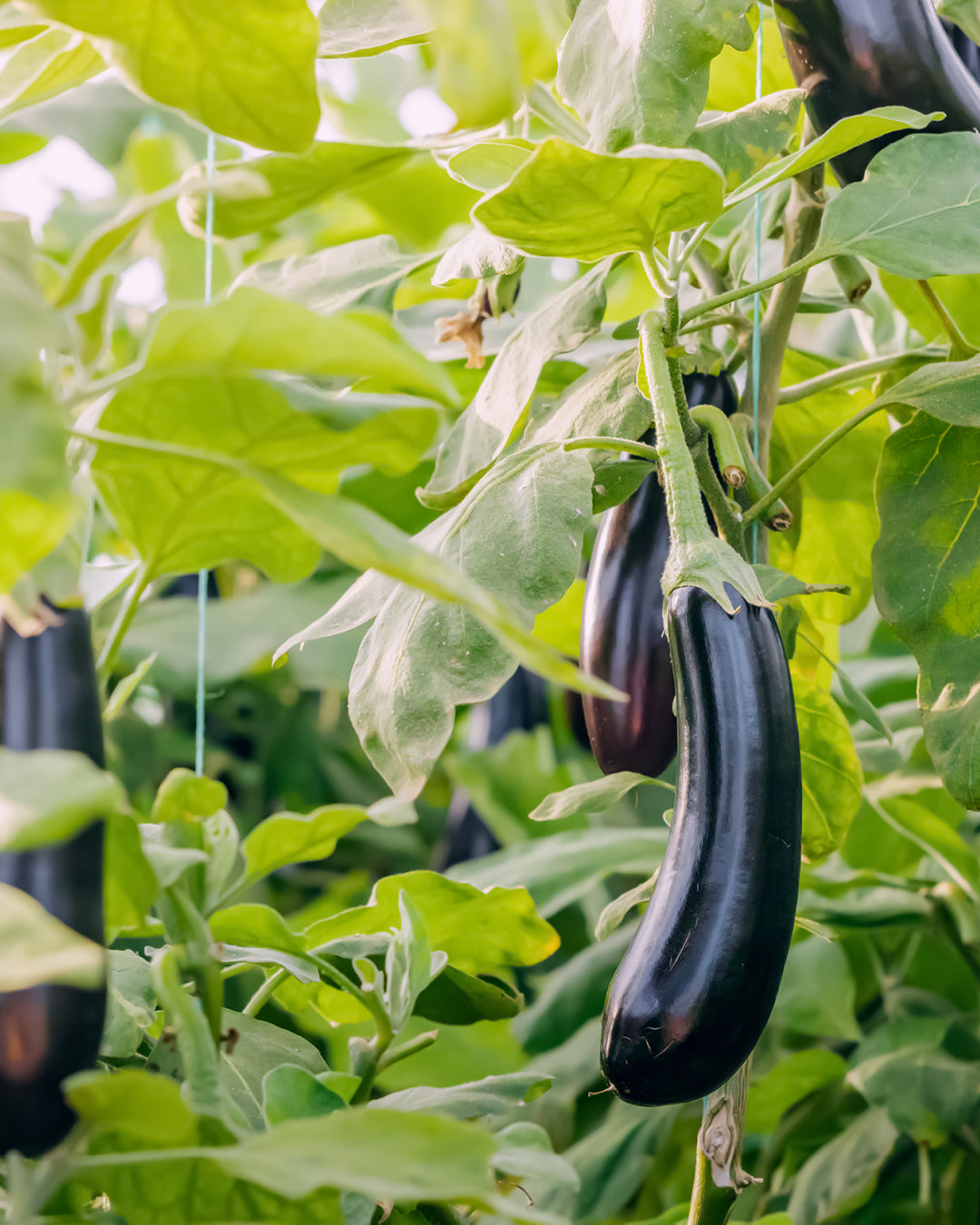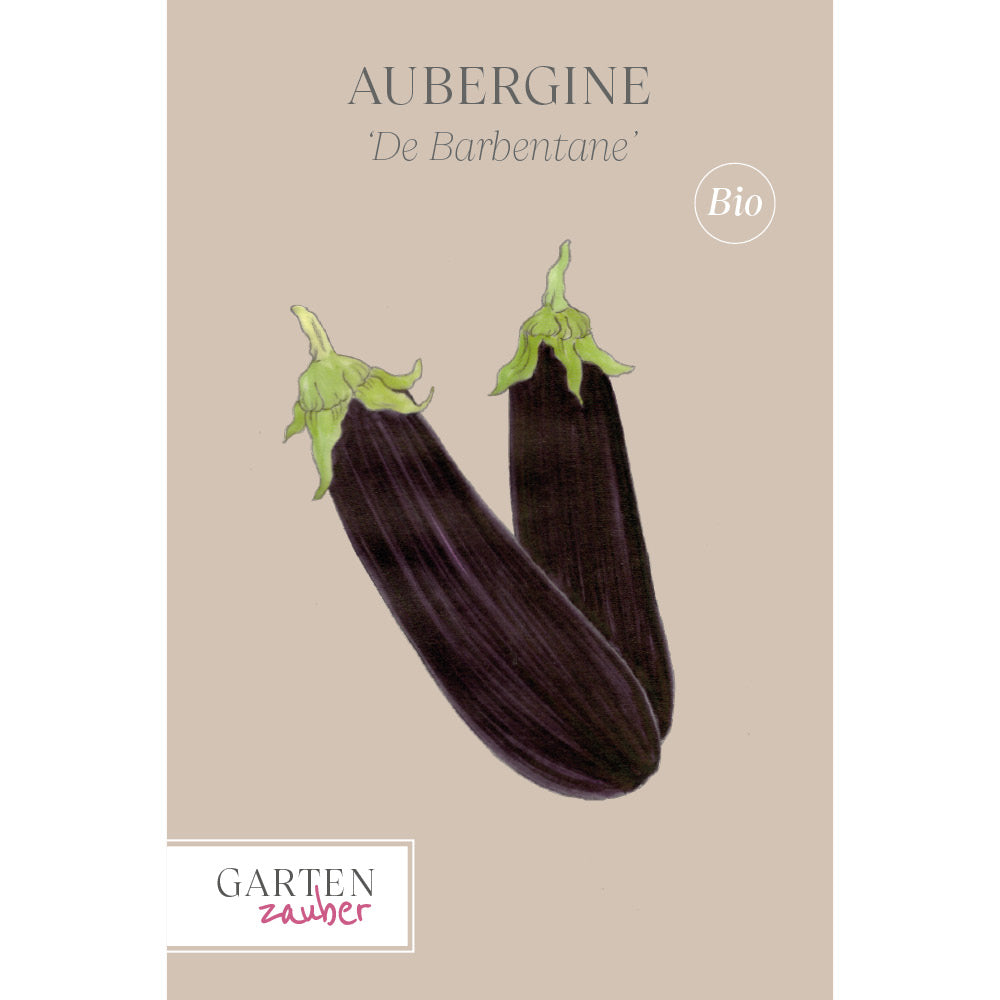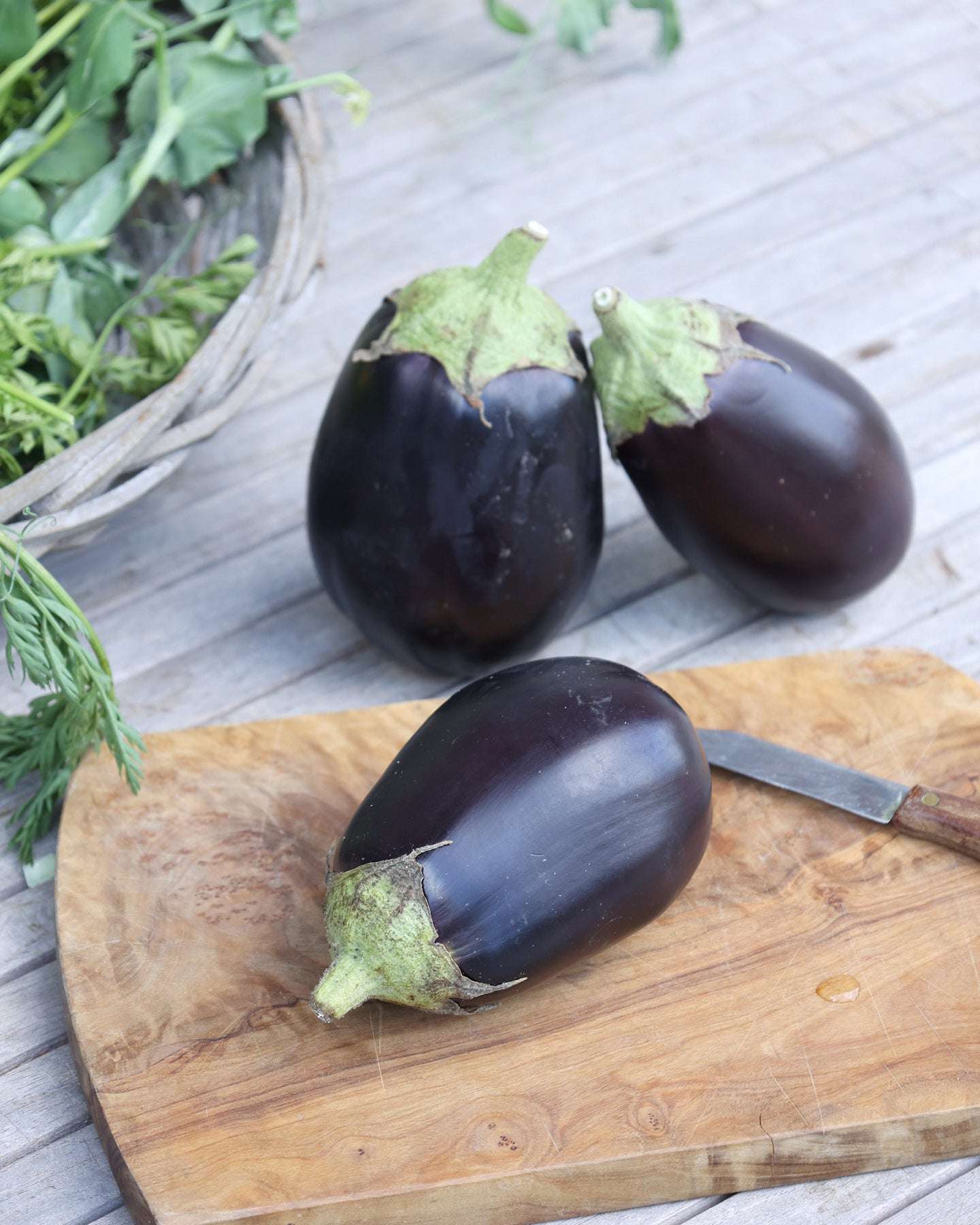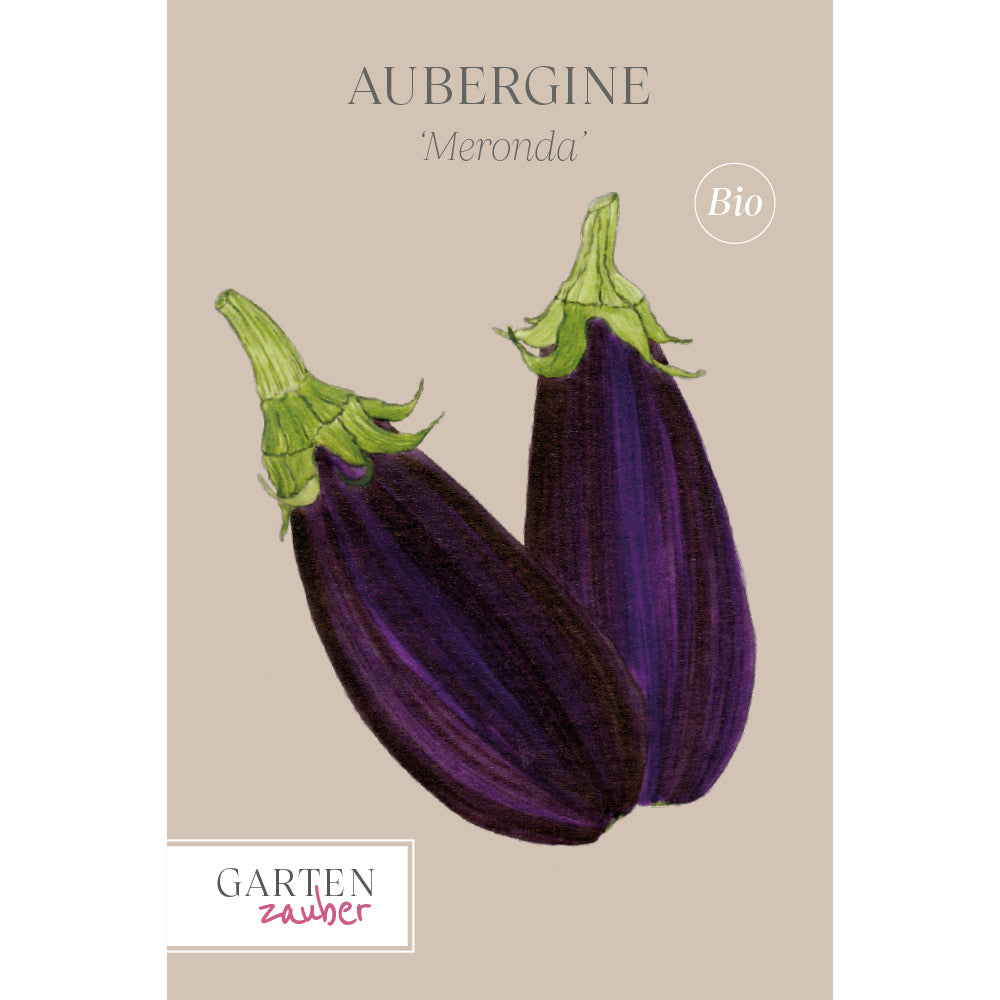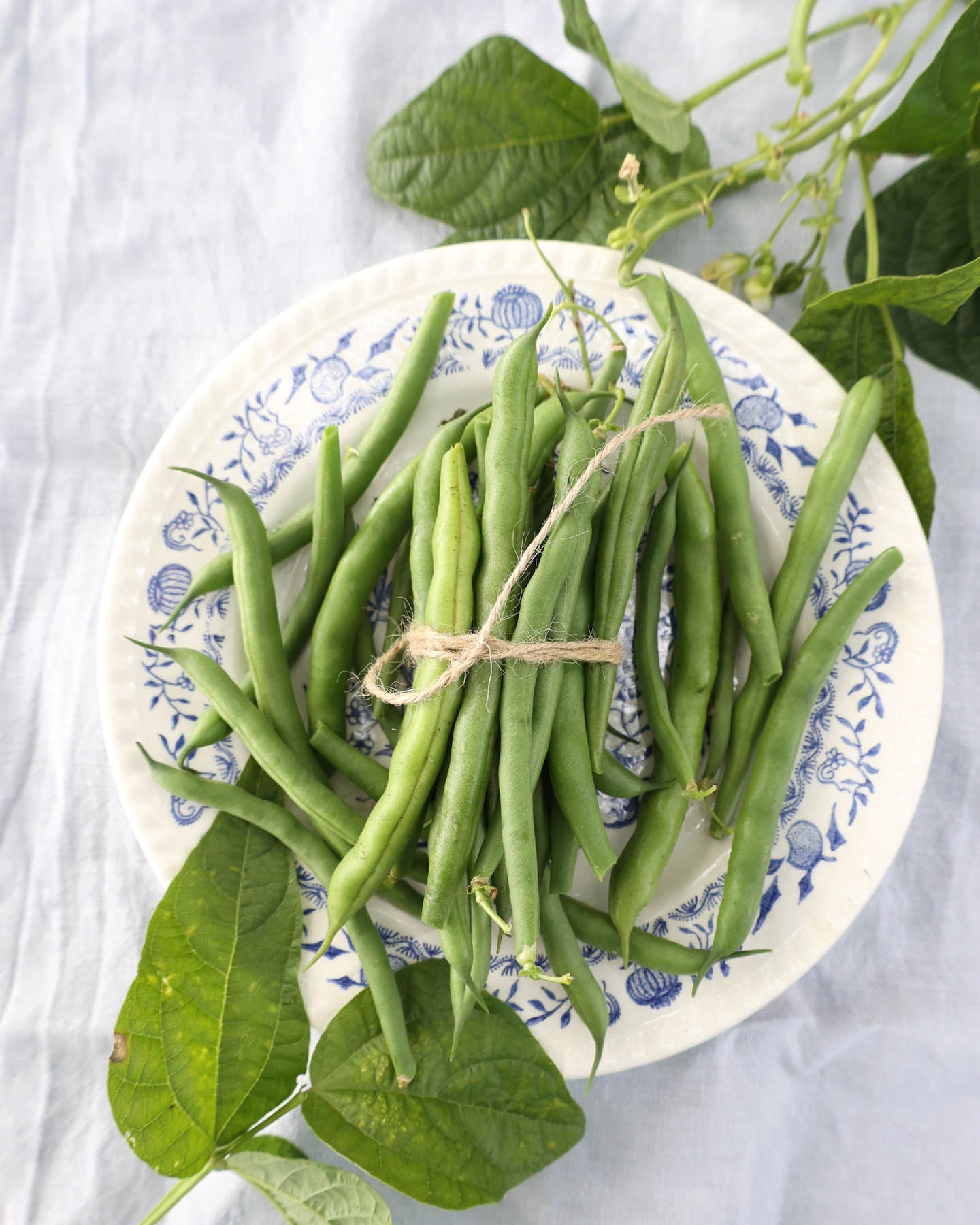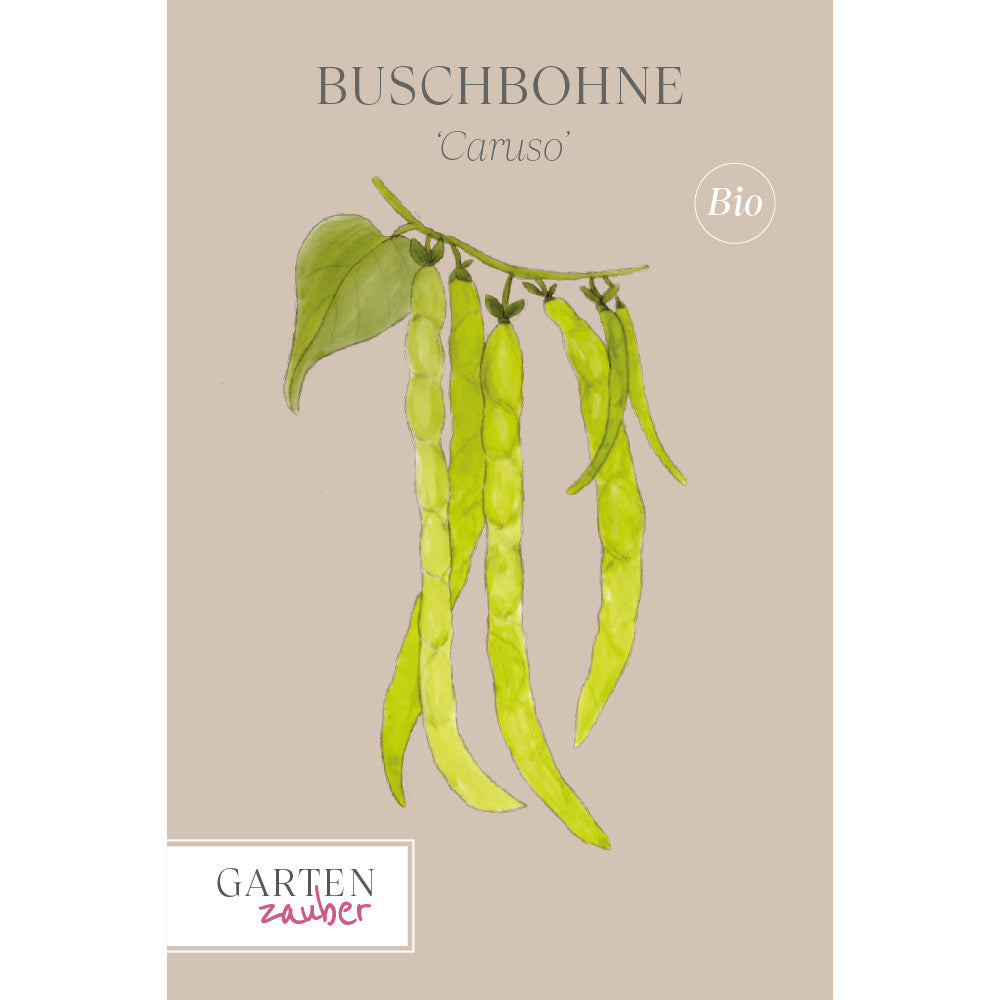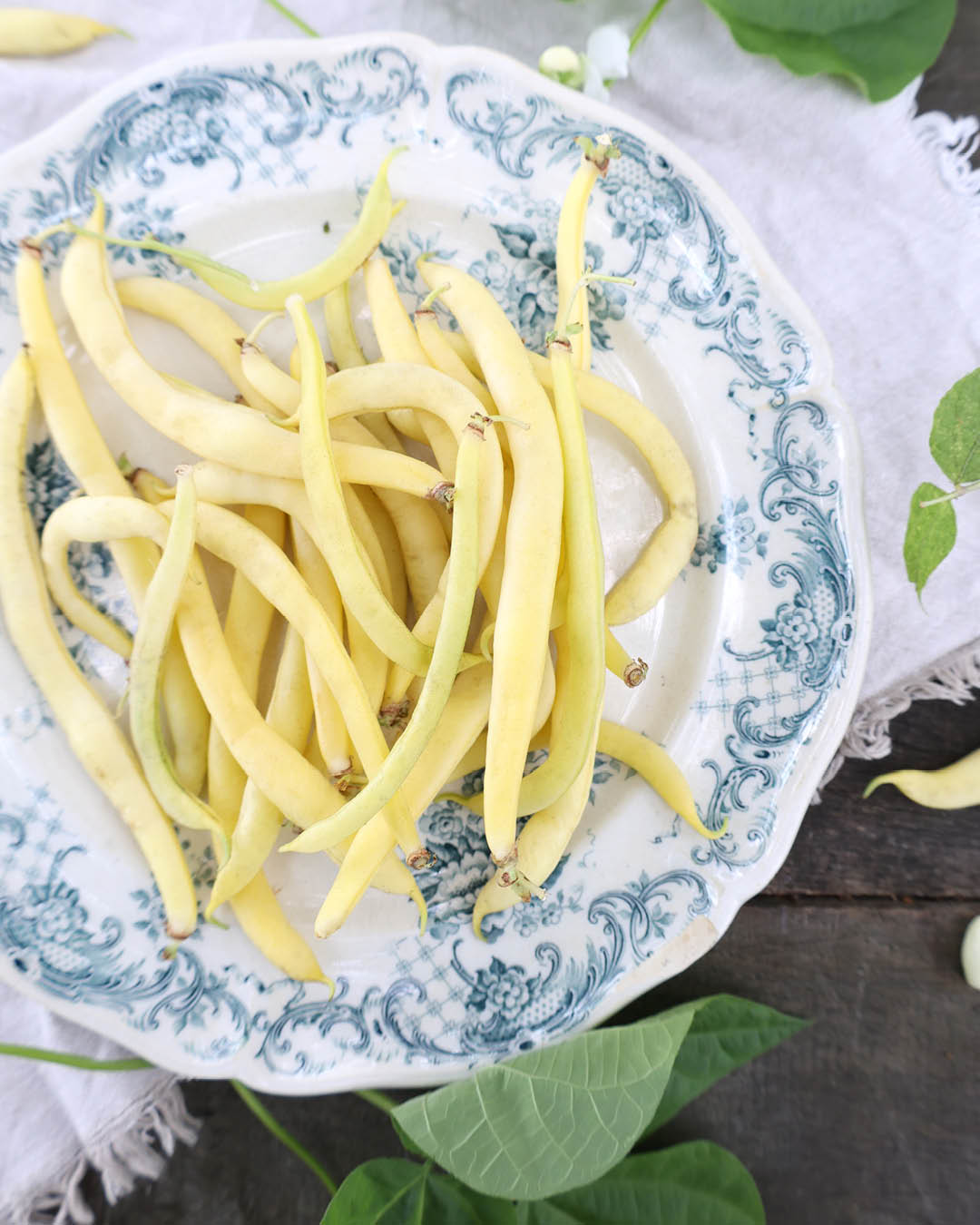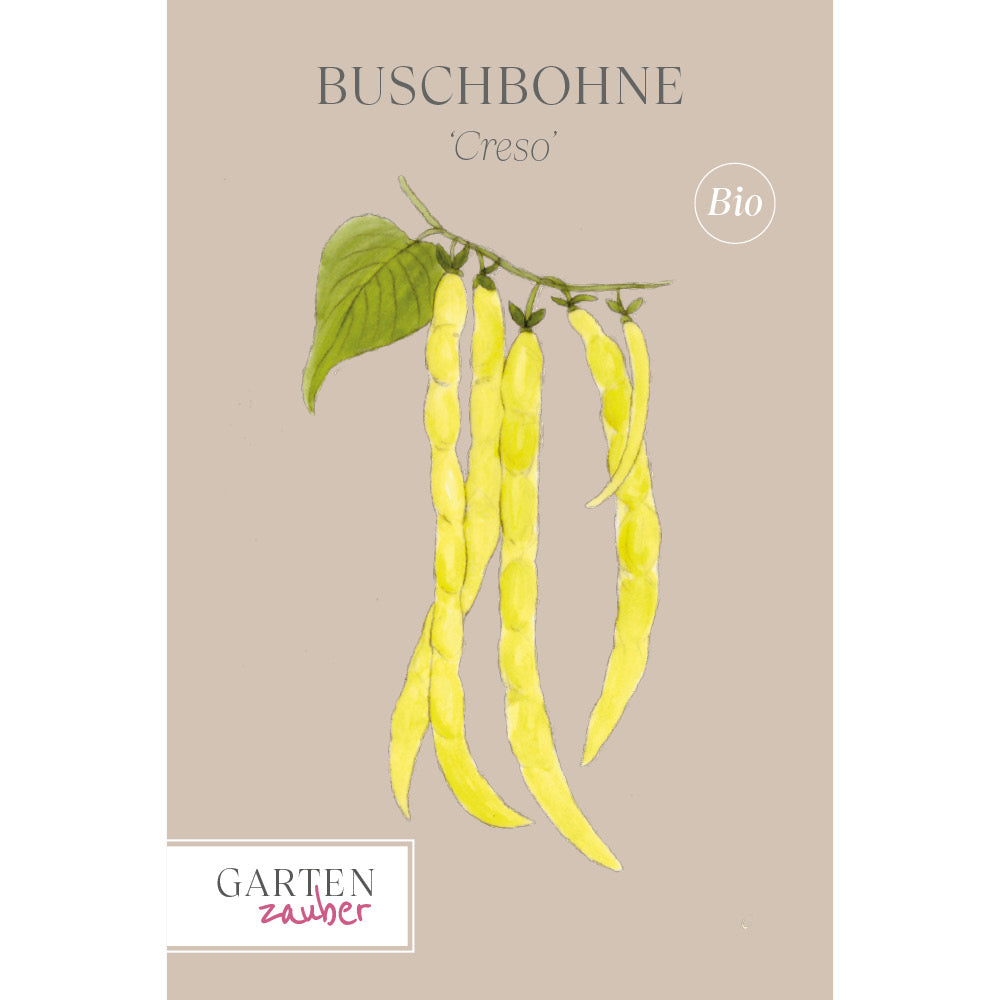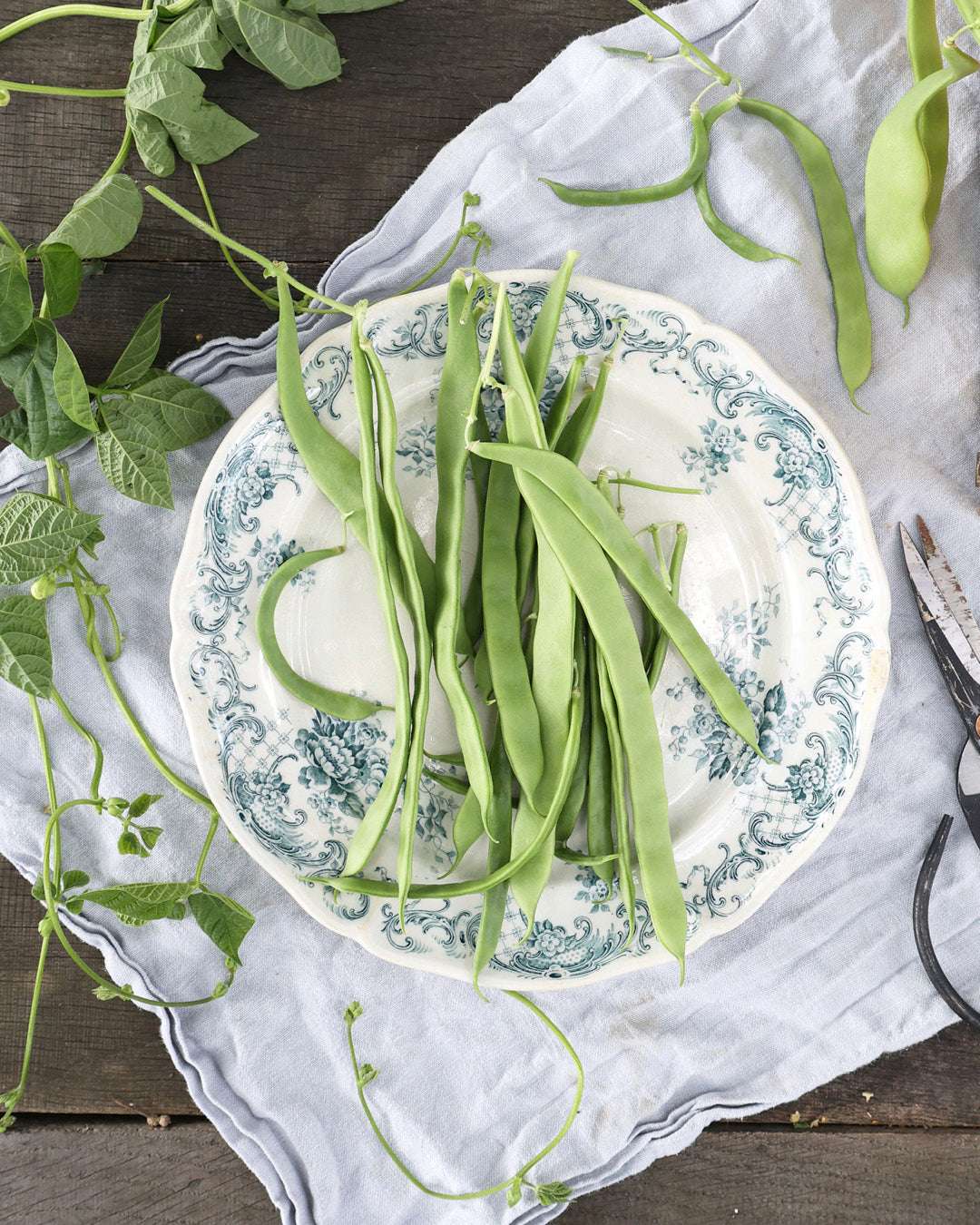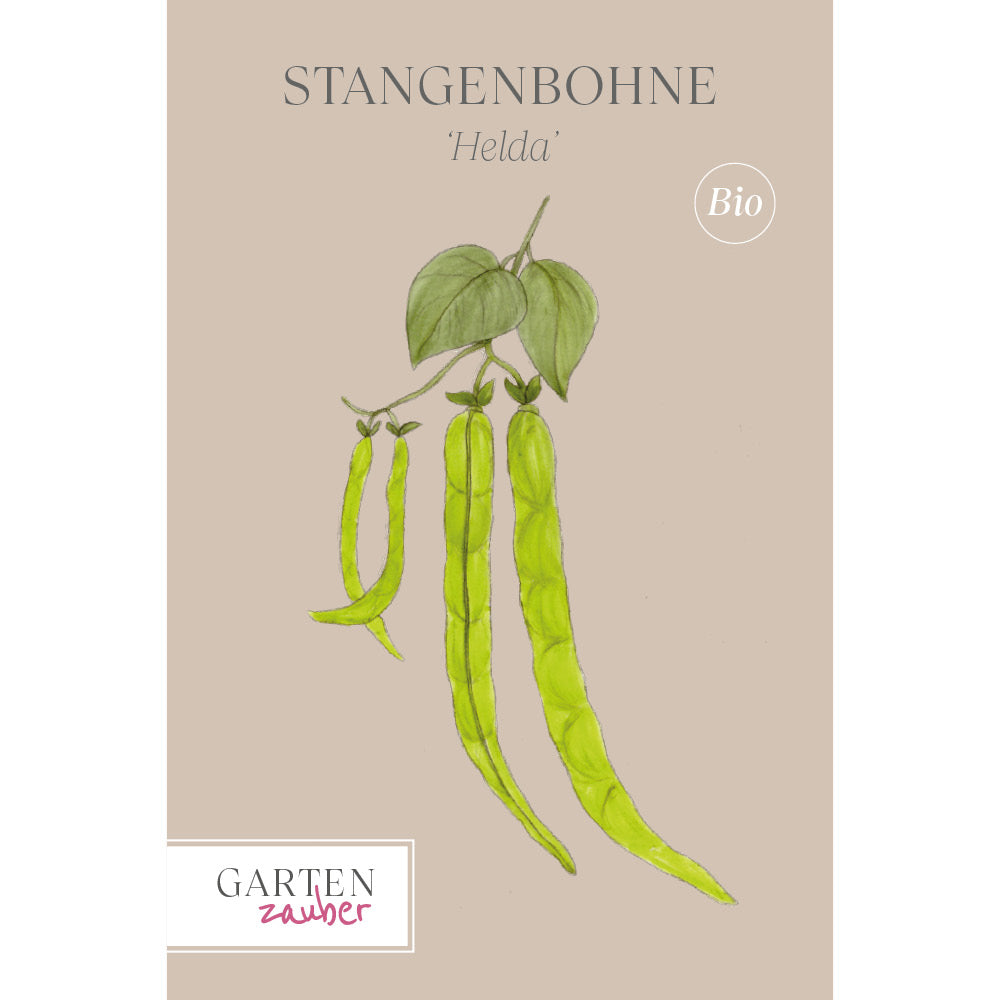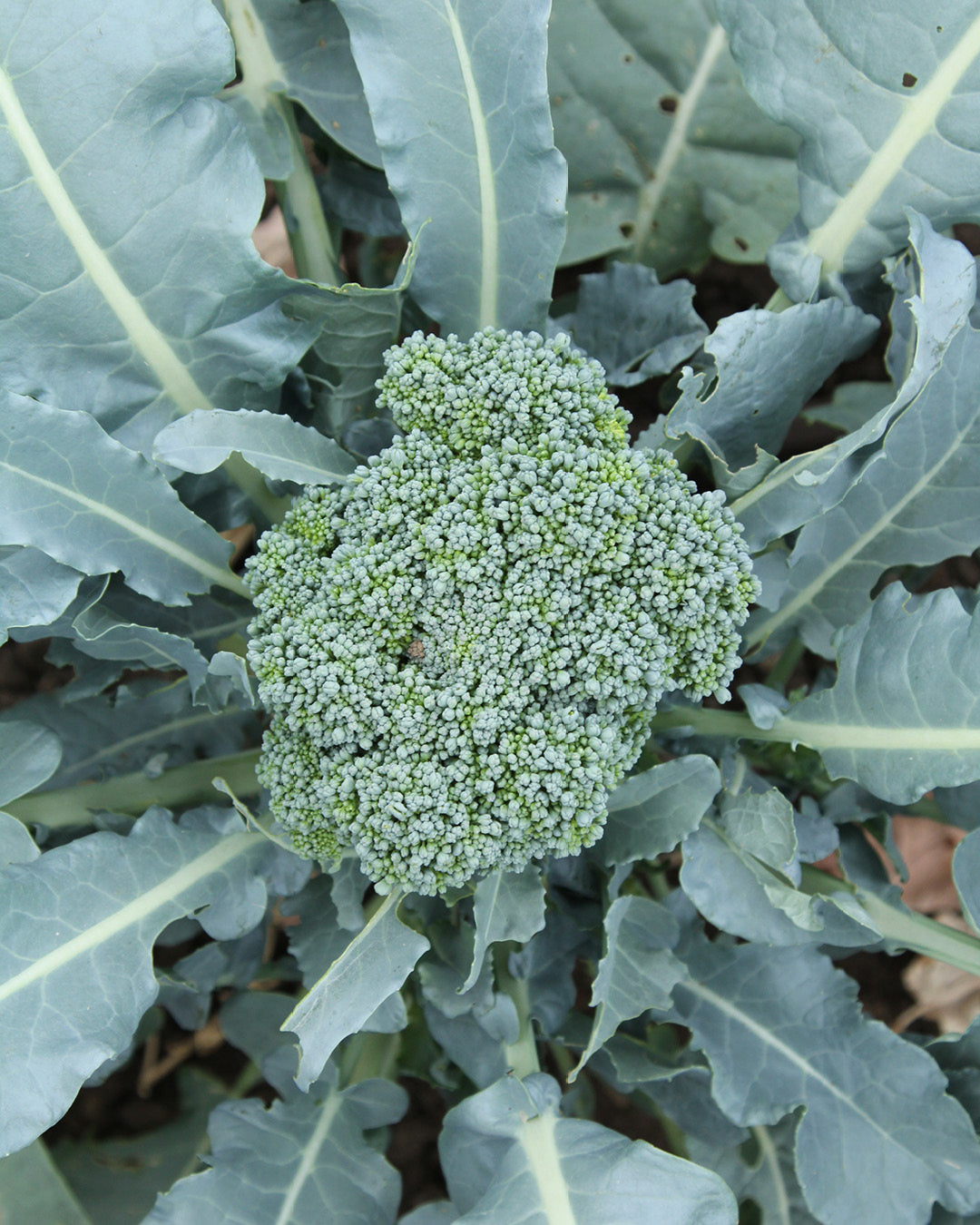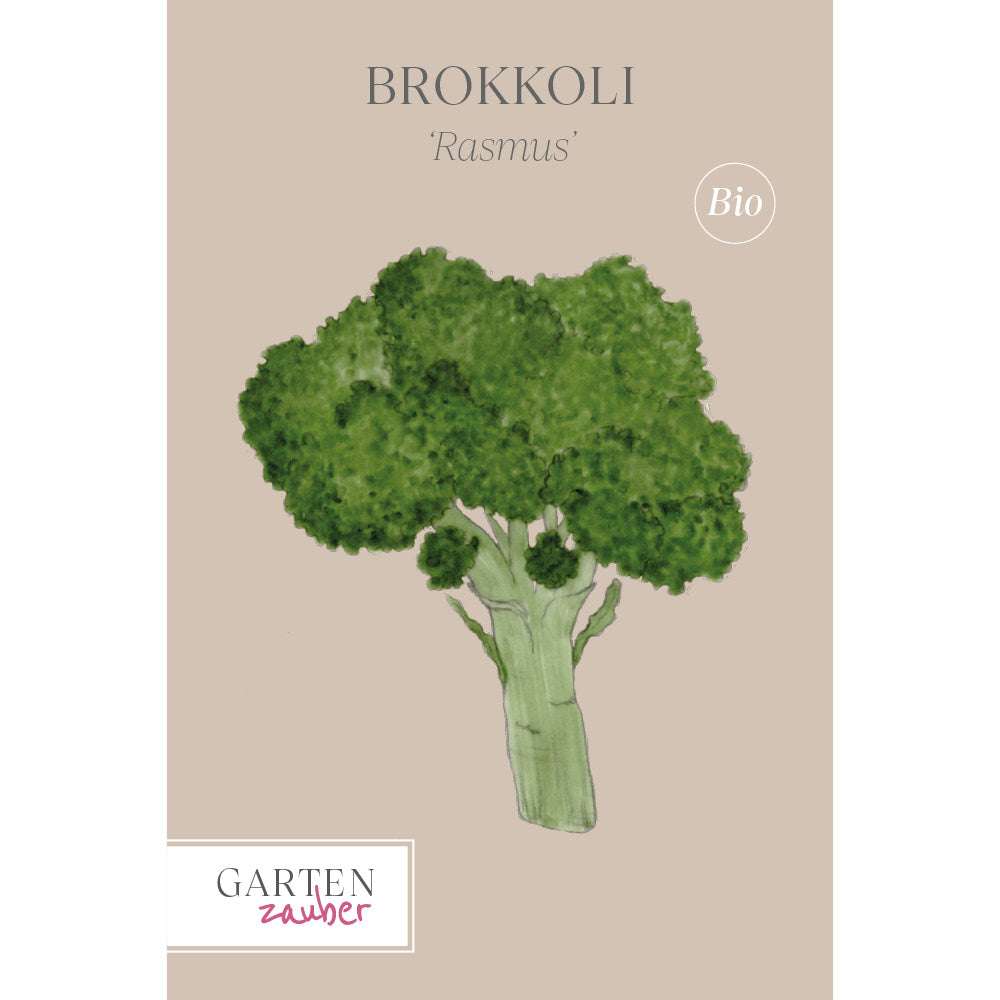Spring is here for cutting!
Pruning is one of the most important tasks in the garden year after year: A good cut promotes the flowering of shrubs, the vitality of the plants and brings overgrown hedges and shrubs back into shape.

This keeps shrubs young and blooming profusely
Woody plants with multiple shoots without a trunk are called shrubs. The number of shoots can vary from three to four on a maple to 50 on a ranunculus bush. When and how ornamental shrubs are pruned depends primarily on which shoots produce flower buds and how long these flower shoots remain vigorous – depending on the species, this can be two to 20 years. Shrubs whose shoots remain vigorous for a long time only need pruning every few years. Species whose shoots age quickly, however, need to be pruned annually.
Cut before flowering
Shrubs that form their flower buds on this year's shoots starting in spring and grow and bloom continuously throughout the summer cannot be pruned after flowering. Otherwise, they would have no time to form new shoots before winter. They are therefore pruned in the spring before they sprout. For these shrubs, a hard pruning usually leads to vigorous growth and long blooms. Well-known representatives of this group are buddleia and hibiscus. In addition to the flowers, you should also consider the shape the shrub will have in early summer when pruning. So, it's better to forgo some flowers and prune more conservatively. Leave a few shoots that don't contribute to flowering but give the shrub an attractive shape. Such shoots are called "token shoots." During rejuvenation pruning, they also serve as "lightning rods," absorbing the resulting sap pressure.
This group includes the so-called subshrubs. These are woody plants that form shrubs in Mediterranean climates, but in our latitudes, they partially or completely freeze back to the ground in winter. Lavender and beard irises become woody at the base, but as the wood ages, the risk of them freezing in winter increases. Therefore, these plants are pruned back heavily every year. Pruning promotes the formation of new ground shoots and prevents the plants from becoming woody.
Plants that develop a more or less hardy framework should also be pruned before flowering. Buddleia, for example, develops strong branches at the base. But in a harsh winter, the oldest and thickest shoots can freeze. Younger ones that grow directly from the ground, however, are still vital. It should be pruned heavily every year, and woody shoots should be replaced with young shoots. Summer-blooming spirea, panicle hydrangea, bladderwort, and five-finger bush should be pruned similarly.

Cut after flowering
Many spring-flowering shrubs form their flower buds in the previous summer and overwinter them. After flowering, they develop new shoots, on which they form more flower buds for the following year. Pruning before flowering would remove most of the flowers. Such shrubs are therefore pruned after flowering. However, since shoot growth begins after flowering, you shouldn't wait too long to prune, or you'll remove the new growth.
This group includes shrubs that flower on annual long shoots. These are typical early bloomers such as spirea and almond trees. The most beautiful flowering wood is found on annual shoots that are longer than 30 cm. Without pruning, only short shoots develop, which will flower, but the old branches become bare and impair the visual appeal. Pruning removes old shoots and promotes many new flowering long shoots.
This group also includes shrubs that flower on one-year-old side shoots, such as forsythia. In mild climates, they bloom on one-year-old long shoots. They only develop their full beauty when they have formed side shoots on the long shoots in the second year. From the third year onwards, the shoots age very quickly and hardly flower anymore. Here, too, pruning promotes the formation of young, vital shoots. Shrubs that flower on older shoots and short shoots are also pruned after flowering. These woody plants develop long-lasting flowering wood. They generally do not form flowers on one-year-old long shoots. Only the two-year-old long shoots form side shoots with flower buds – as in the previous group. The shoots do not age, however; the flowers appear on older shoots several years later. This group includes serviceberry and witch hazel. They are not pruned every year, but only rarely.
Rejuvenate ornamental trees
If ornamental shrubs become too large with age and the shoots become senescent, one or more shoots should be replaced with a rejuvenation pruning to maintain flowering. After pruning a shoot, new shoots will emerge at the cut site. One of these shoots will take the place of the removed branch after a few years.
When rejuvenating ungrafted shrubs, the new shoots must emerge directly from the ground—these are so-called ground shoots. If, however, you leave a stump when cutting back the old shoots, this will quickly produce new shoots from the old wood, which will quickly become aging.
In grafted woody plants, the ground shoots correspond to wild shoots, which are unsuitable for rejuvenation. Therefore, they are rejuvenated close to the ground, but always above the grafting point.
Leave the cone standing
With some ornamental shrubs, small cones are left behind when branches are removed. These prevent the wood from drying out into the trunk. These cones also contain buds from which new shoots emerge, serving as replacements for removed shoots. If these cones later partially dry out, they are removed the following summer.

The content of this article is from the book:
Hansjörg Haas
Plant cutting– It's that easy
Price: 9.99 € (D) / 9.99 € (A) / 13.50 sFr
ISBN: 978-3-8338-6352-3
Pruning is one of the most important garden tasks year after year: A good pruning not only promotes shrub flowering but also plant vitality, brings overgrown hedges and shrubs back into shape, and ensures a well-maintained garden. This guide provides the necessary know-how and, with detailed illustrations, shows the correct pruning for all garden plants – from ornamental and fruit trees to roses, climbing plants, hedges, and perennials.

